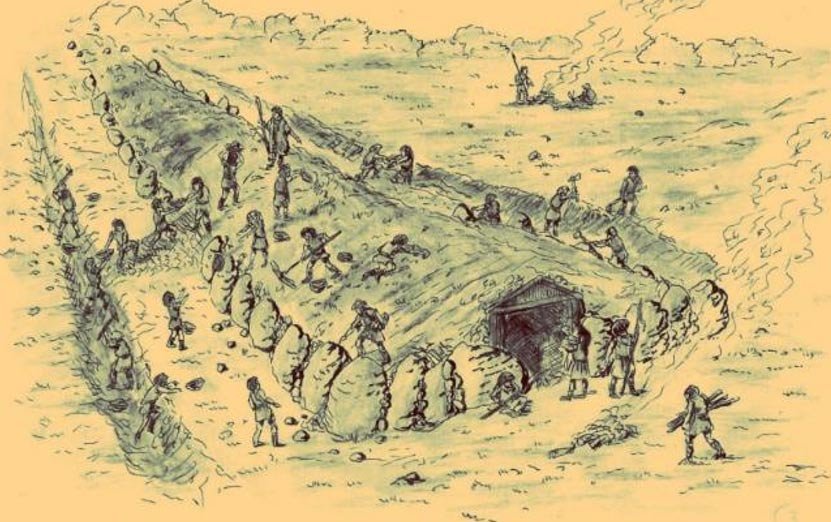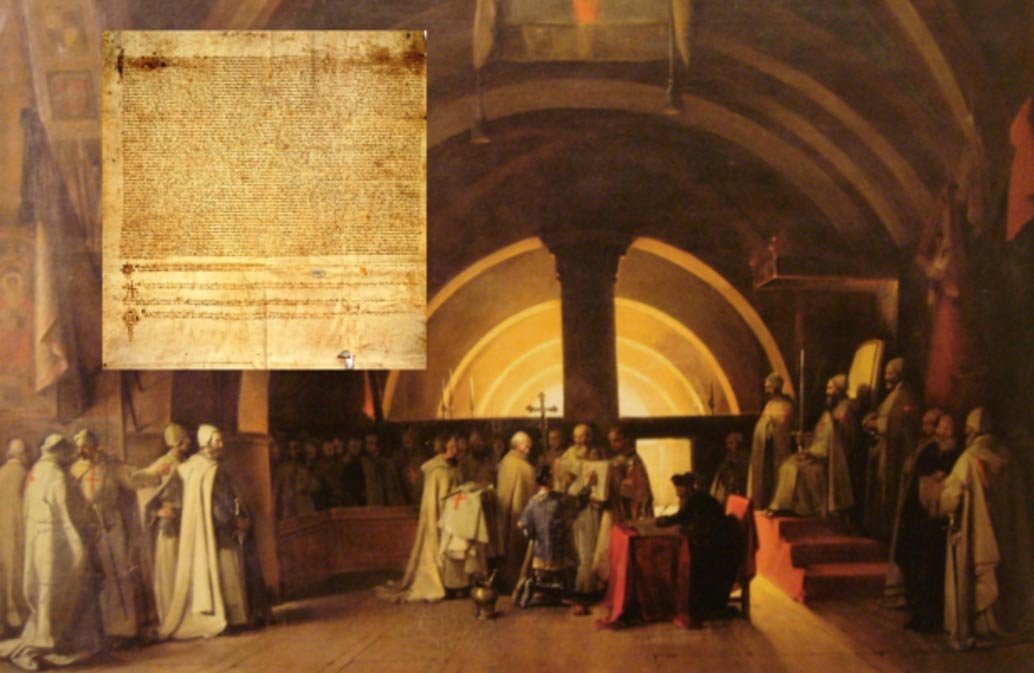OF THE
TIMES



This period (the 1990s - Gordon Hahn) in the country is associated with a sharp increase in crime. In addition, the new Chechen authorities began to pursue a policy of displacement of people from other ethnic groups, which is accompanied by killings, looting, and ethnic cleansing. Journalist Paul Klebnikov called these events a genocide of ethnic Russians, which was carried out in Chechnya before the combat operations that began in 1994. ...This article puts the above words into perspective. Please take its author's warning seriously.
In July 1999, the Ministry of Nationalities of the Russian Federation reported that from 1991 to 1999 more than 21 thousand ethnic Russians were killed (not counting those killed in war) and more than 100 thousand apartments and houses belonging to members of non-Chechen ethnic groups were seized in Chechnya. More than 46 thousand were turned into de facto slaves, with their property and passports confiscated with the connivance of the republican and federal authorities.

Comment: Further reading:
Alexander The Not so Great: History Through Persian Eyes